Panaji – The Goa government has approved the conversion of 21.29 lakh square meters of green zones into ‘settlement’ areas within 15 months, following changes in rules introduced in March 2023. This significant shift has sparked widespread concern and controversy, as the amount of land converted is almost ten times the total converted between 1986 and 2005.
Details of the Land Conversion
The converted green zones include 1.92 lakh square meters of paddy fields, 8.87 lakh square meters of orchards, and 7.29 lakh square meters of no-development slopes. These conversions, executed under section 17(2) of the Goa Town and Country Planning Act, allow residential and partly residential constructions.
The amendment empowers the government “to direct the Chief Town Planner (Planning) to carry out such alteration/modification to the regional plan” to rectify what it considers ‘inadvertent errors.’ Since the enactment of this amendment, the Town and Country Planning Department has processed 260 of 1,074 applications for ‘correction.’
Controversial Beneficiaries
Among the beneficiaries of the land conversion are prominent figures and organizations, including Hyderabad-based businessman Preetham Reddy Nalla, Telugu actor Konidala Ramcharan Tej, and Karapur Estates Pvt Ltd, a company associated with Goa’s Town and Country Planning Minister Vishwajit Rane. Far-right Hindu groups, such as the Hindu Janajagruti Samiti and the Sanatan Sanstha, have also benefited, converting their land to ‘institutional’ zones.
Environmental and Social Concerns
The surge in land conversion has drawn criticism from environmentalists and local residents. “Construction in orchard zones and on a plateau can have a significant negative impact on the environment. These zones are typically set aside to protect sensitive ecosystems, water resources, and used as aquifers systems, catchment areas, and grazing lands,” said Mayur Shetgoankar, a resident of Morjim village.
Sabina Martins, the convenor of the Goa Bachao Abhiyan (Save Goa Front), accused Minister Rane of facilitating illegal zone changes for personal and political gain. “Many illegal zone changes have been done by the TCP minister Vishwajit Rane for himself, his favored colleagues, and promising businesses… he is trying everything to destroy the current Regional Plan 2021 with its environmental protections, through illegal and anti-people amendments,” Martins said.
Government’s Stance
Minister Rane defended the government’s actions, stating that all notified cases were inspected for necessary corrections under Section 17(2) of the TCP Act. He emphasized that a guideline and committee oversee these decisions, ensuring they are not arbitrary. “Goa is a progressive state, and everyone wants to come here. There are businesses who have invested,” Rane said.
Future Implications
The large-scale land conversion in Goa has reignited debates about sustainable development and environmental preservation. As the government continues to process applications and approve conversions, the balance between economic growth and environmental conservation remains a contentious issue.
For more detailed coverage and updates, visit Sarhind Times.











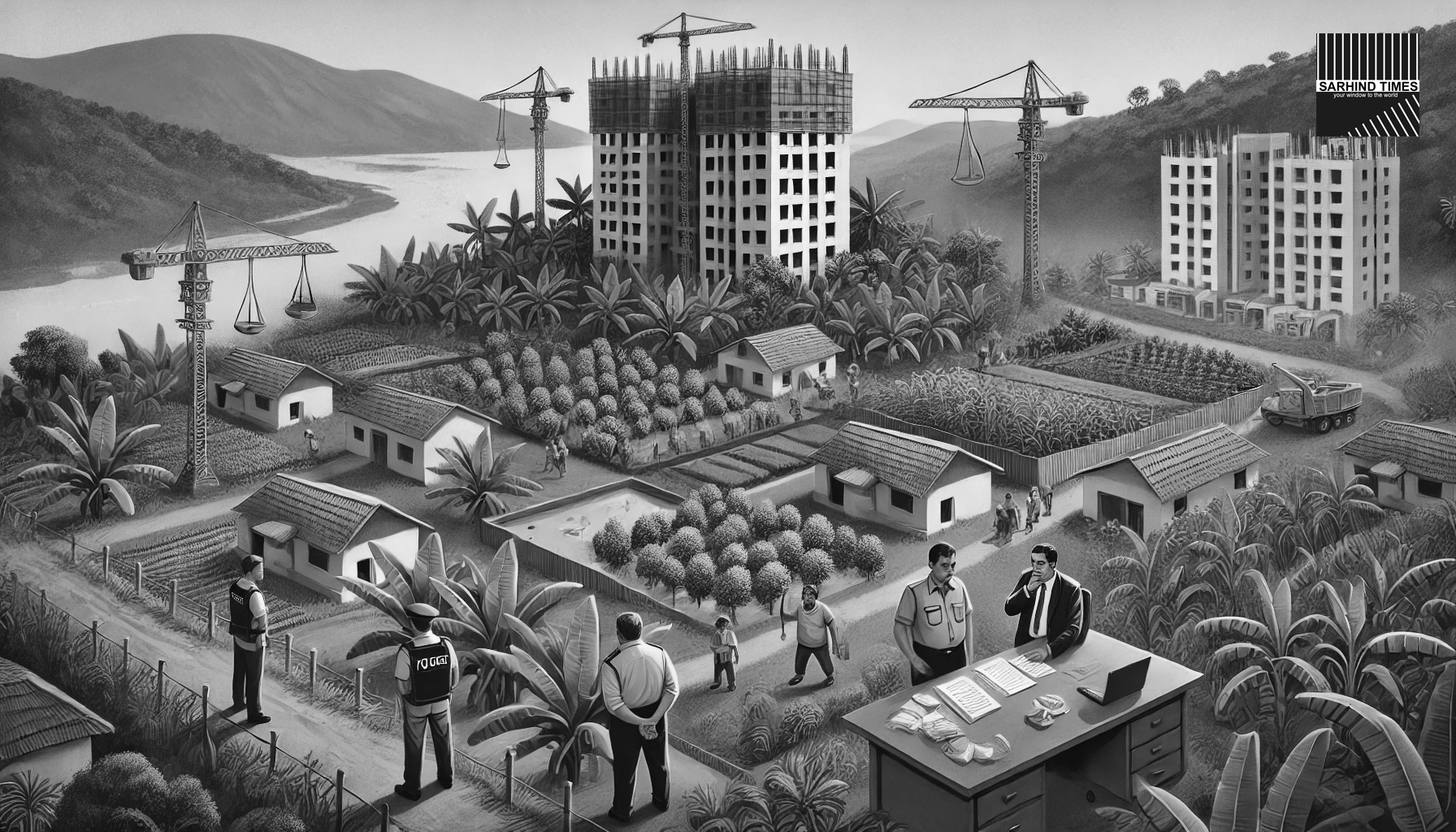
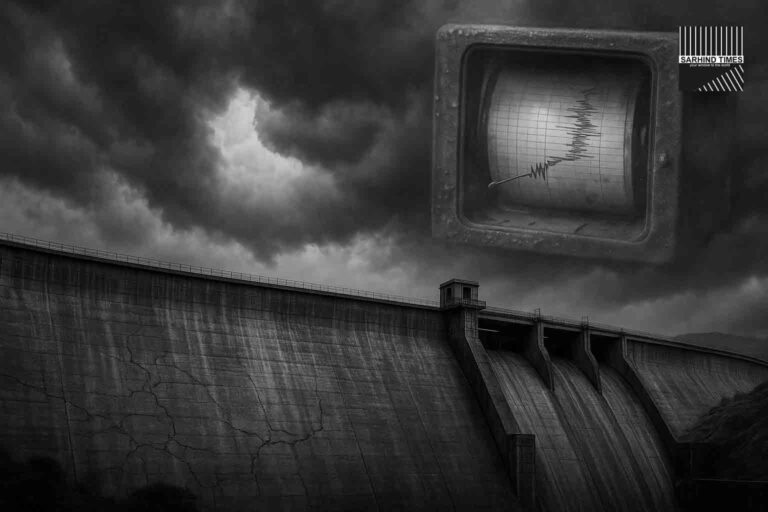

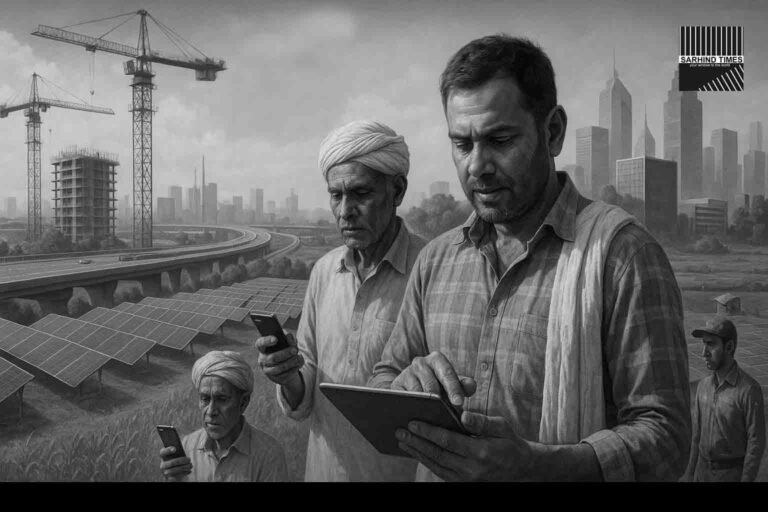
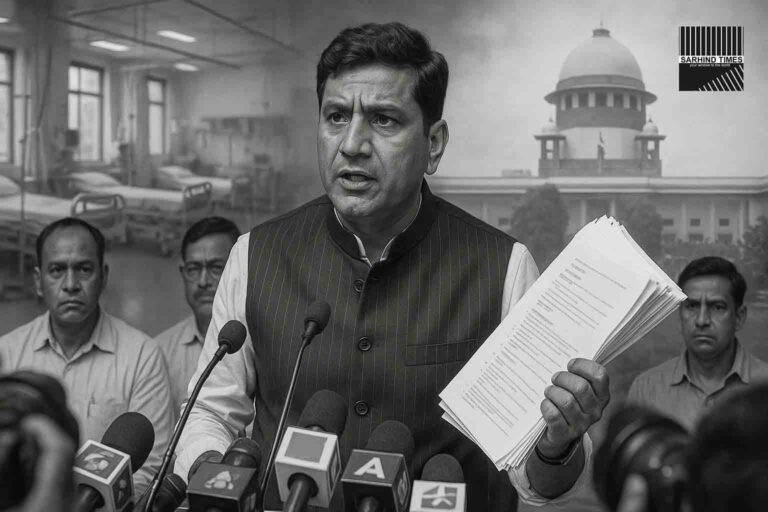
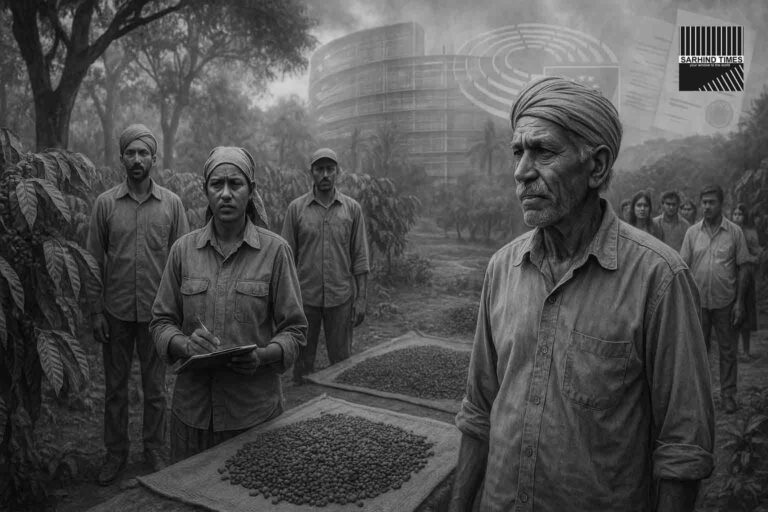


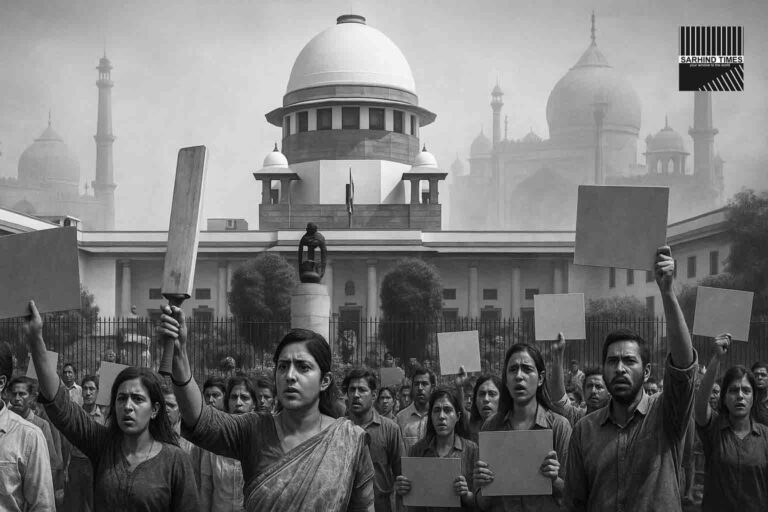


+ There are no comments
Add yours